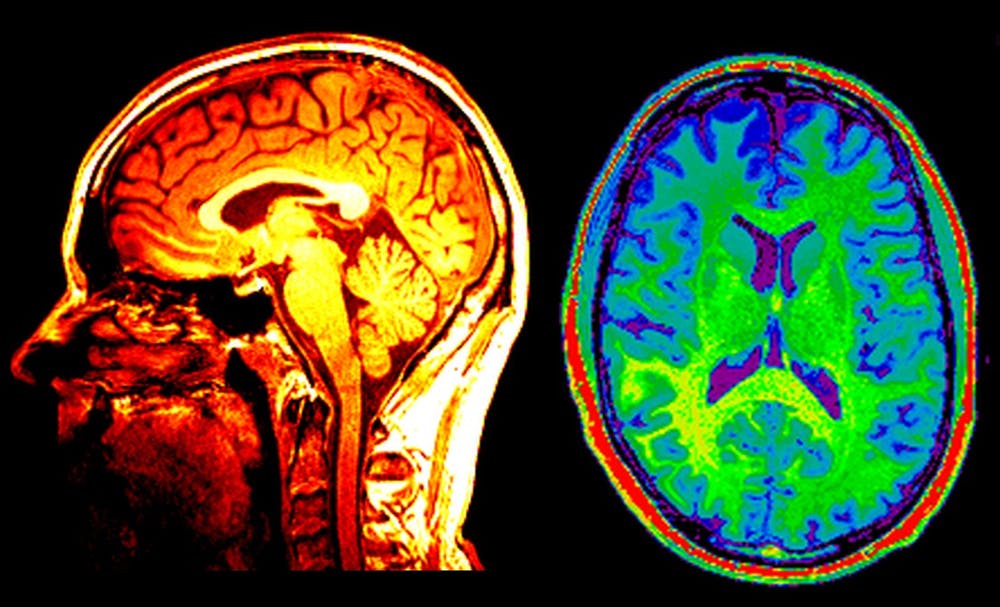Diagnosis And Treatments Of Mental Health Disorders Can Be Enhanced By Brain Imaging
Source: Thailand Medical News Jan 17, 2020 5 years, 3 months, 1 week, 2 days, 15 hours ago
According to a new study conducted in a large sample of youth at the University of Pennsylvania and led by Dr Antonia Kaczkurkin, Ph.D. and Dr Theodore Satterthwaite, MD,
brain imaging may one day be used to help diagnose
mental health disorders including depression and anxiety with greater accuracy.

Additionaly, knowing more about the
neurobiology behind psychiatric disorders could inform decisions about who might benefit from different therapies.
Typically, when diagnosing psychiatric disorders, clinicians currently rely heavily on the symptoms a person experiences, which can be subjective. In addition, the symptoms that clinicians see don't always align with what researchers have observed about brain structure and function in people with
psychiatric disorders. And if
neurobiology and psychological symptoms are at odds, that calls into question whether the psychological symptoms should drive treatment.
Dr. Kaczkurkin told
Thailand Medical News via a phone interview, "Researchers are becoming more aware that our traditional symptom-based diagnostic categories do not align with underlying
neurobiology."
One of the factors that contribute to the difficulty in treating depression and anxiety is that not all people respond to a given treatment. Identifying subtypes based on
neurobiology rather than symptoms alone might lead to more targeted early intervention or more personalized treatment.
While studying the
brains of children and adolescents, the researchers observed that youth can have similar symptoms but different
neurobiological patterns. Drs. Kaczkurkin and Satterthwaite and their team used a type of machine learning called HYDRA to interpret information from the
brain scans of over 1,100 children and adolescents who had symptoms of depression and anxiety. They focused on several variables:
brain volume, thickness of the cortex (the outer layers of the brain), a particular type of
brain connectivity (the magnitude of slow fluctuations in brain activity), white matter integrity (the organization of
brain white matter tracts), participants' performance on cognitive tests, and patterns of psychiatric symptoms.
From the research, two main clinical subtypes of disorders emerged. The youth in the first subgroup had deficits in
brain structure,
brain function, and cognition, as well as more marked psychological symptoms than other participants in the study. Those in the second subtype still showed high levels of clinical symptoms of depression and anxiety but didn't have the same deficits in
brain structure,
brain function, and cognition.
Dr. Kaczkurkin added, "These results suggest that there may be distinct underlying
neurobiologica
l signatures of these common symptoms despite similar clinical presentations."
Reference : Antonia N. Kaczkurkin et al, Approaches to Defining Common and Dissociable Neurobiological Deficits Associated with Psychopathology in Youth, Biological Psychiatry (2019). DOI: 10.1016/j.biopsych.2019.12.015
